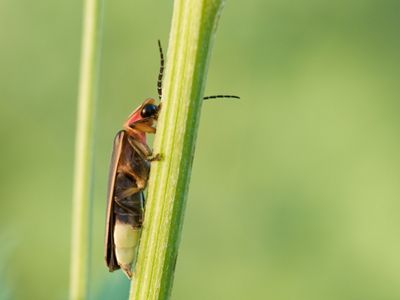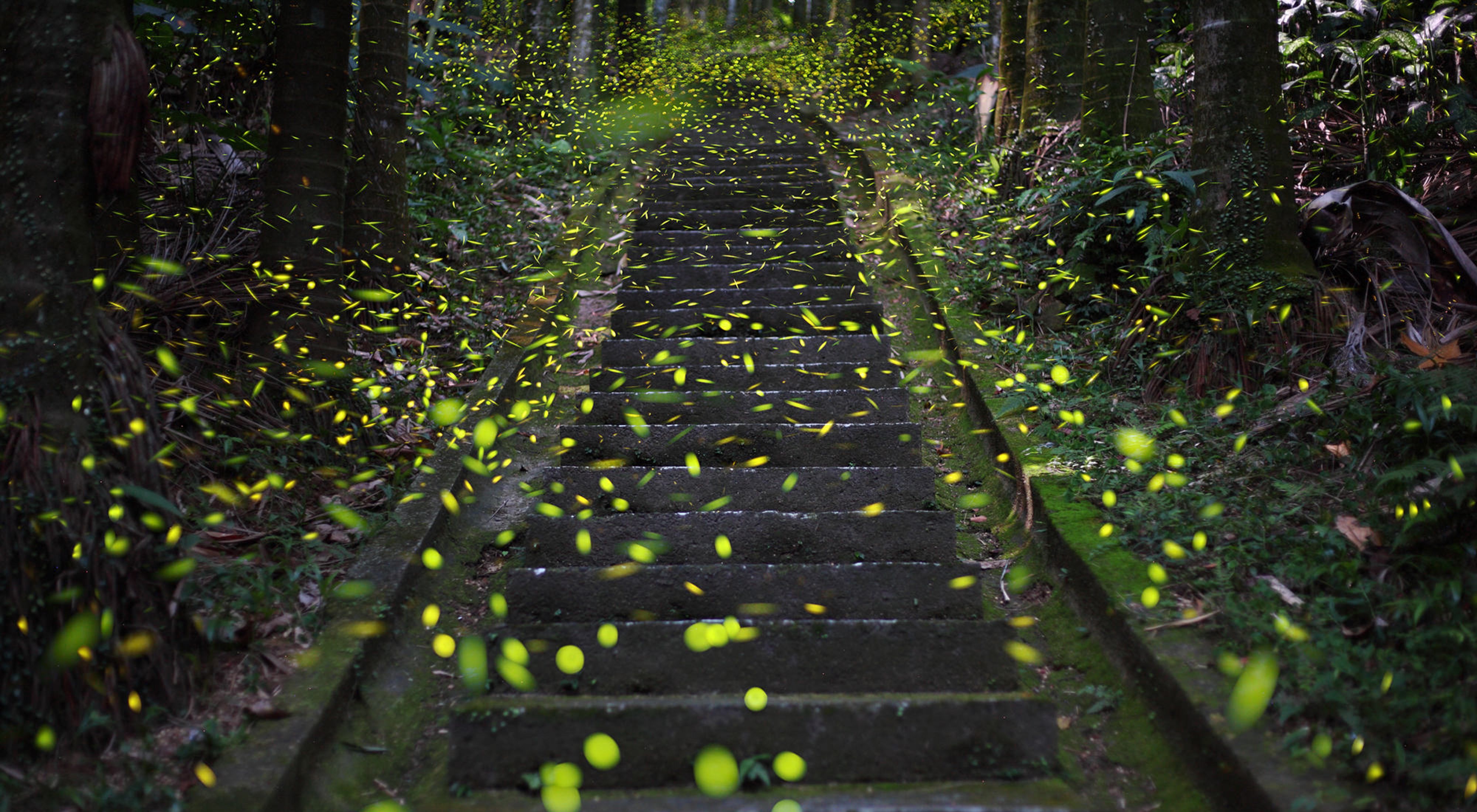
Chasing after the blinking glow of fireflies on a warm, summer evening is a favorite childhood memory for many.
Fireflies, also called lightning bugs or glow worms, are winged beetles known for their bioluminescence in the twilight hours. Bioluminescence is a chemical reaction that allows fireflies to produce a cold light that emits little to no heat.
Fireflies glow to communicate with potential mates as well as predators. When attracting a mate, it all comes down to the twinkle. Every species of firefly has its own distinct pattern of flashing their light-producing bottoms. Males and females of the same species will flash this pattern to notify each other of their presence.
Fireflies also glow to warn predators to stay away. Most species of fireflies are filled with a nasty tasting chemical. Predators who have had a mouthful of this chemical quickly learn to associate the firefly’s glow with a very bad taste.
Have You Noticed Fewer Fireflies?
Unfortunately, we may be chasing after fewer and fewer of these magical insects each summer. Populations are dwindling throughout our country and the world.
Most scientists and researchers believe that development and light pollution are driving them away. Most species of fireflies are born and thrive in the rotting wood and understory of forests near lakes and ponds. As they grow, they tend to stay near where they are born. As more forests and open fields are developed, their habitat becomes threatened.
Light pollution—the excessive use of artificial light—may also be driving firefly populations down. Fireflies use their bioluminescence to attract mates. If too much light surrounds their habitat, there is a chance that males and females won’t find each other to mate. Less mating means fewer fireflies, which means fewer chances for Hoosiers to enjoy chasing fireflies on a warm, summer evening.
How to Catch a Firefly
Catching fireflies is fun and a great way to observe them up close. Our friends at Mass Audubon provide these great tips. To avoid harming a firefly, collect it with a net. Then gently place it in a jar containing a moist paper towel for humidity. After you’ve gotten a good look, remember to let your fireflies go where you found them. If you handle fireflies, make sure you don’t have any insect repellent on your hands, and wash your hands carefully when you’re done.
You Can Help—Join Firefly Watch!
The Museum of Science in Boston, MA, is asking the public for help in recording the number of times they see fireflies during the summer.
Firefly Watch combines summer evening fun with scientific research. Join a national network of citizen scientists by observing your own backyard and help scientists map fireflies.
Learn about Firefly Watch and sign up to participate today.



.jpg?crop=0%2C0%2C2448%2C1836&wid=300&hei=225&scl=8.16)